By: Haleigh Garza
The topic that I chose for my assignment was to create a series of photographs that both recognizes and attempts to counter the racial stereotypes and stigma against Mexican Americans. Mexican- Americans are one of the most underrepresented minority groups yet the stereotypes about them continue to swirl around the underworld of society and go unnoticed. I chose this topic because after writing my demonization module, I became intrigued to learn more about the demonization surrounding Mexican- Americans.In terms of creatives, I really had a difficult time picking what I wanted to tell my story about. I went back and forth on trying to figure out how focused I would make my area of study. I realized that I would have to recognize that there was a problem before I could give solutions to try and counter it. It was very difficult for me to create things, so I figured that it would be easier to look for things that inspired me. I had a vision and knew what I wanted to say, but I just didn’t know how to approach it exactly in a tasteful manner. I then began to think about what and who inspired me. Below are the series of photos that I believe recognize and counter the racial stigma surrounding Mexican Americans.
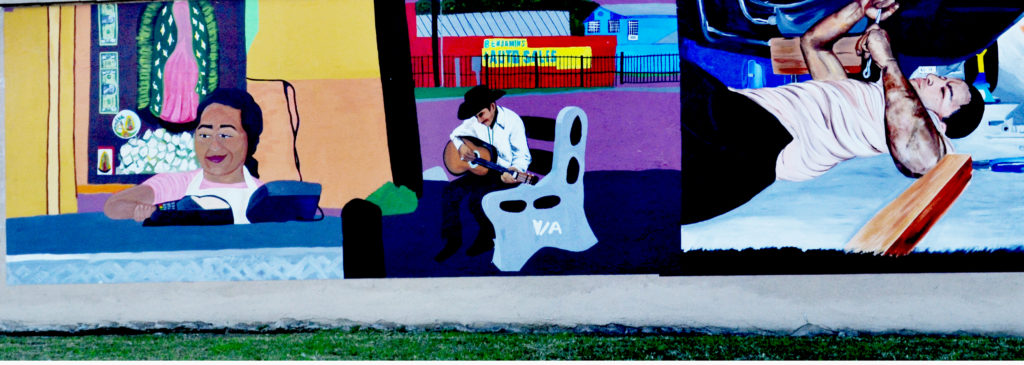
Figure 1.This mural was also taken at the Guadalupe Cultural Arts center depicting domesticated professions among Mexican-Americans. This image although it can be argued as negative because it confines their professions, it also recognizes the jobs that Mexican-Americans do. I chose this picture because to me it represented the importance of these jobs and depicts them as hard working with ambitions.
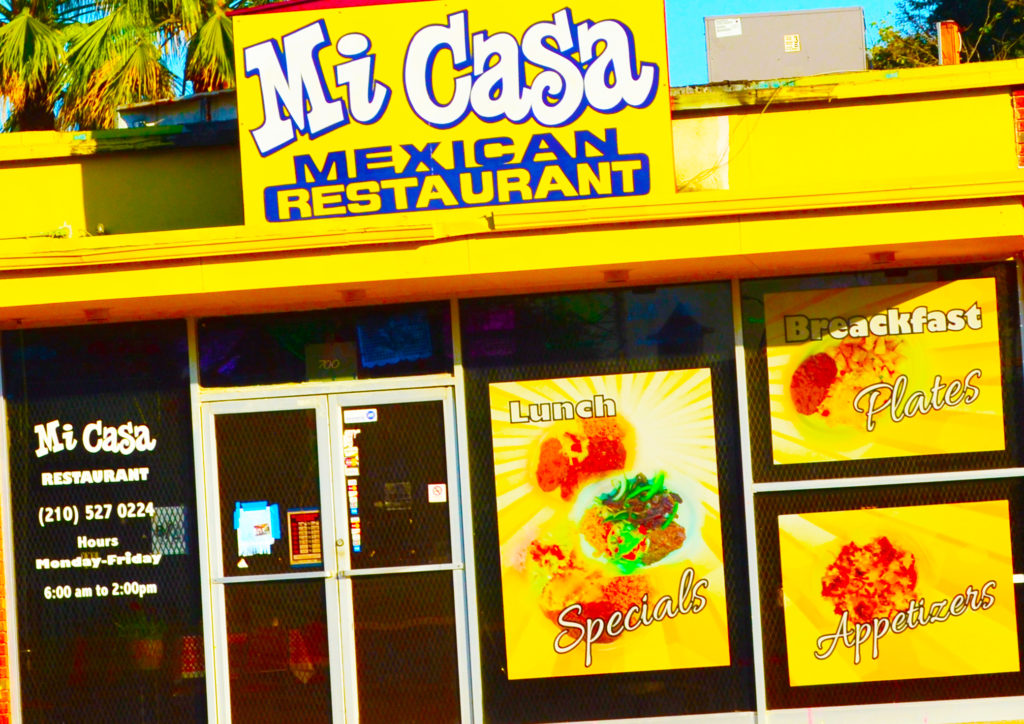
Figure 2. Food is a big part of culture and through food Mexican-Americans can embrace their culture which then gives people who aren’t a part of their culture a way to experience and understand it. I chose these pictures because I love mexican food, and what better way to counter racial stigma then to let other people understand their culture first hand.
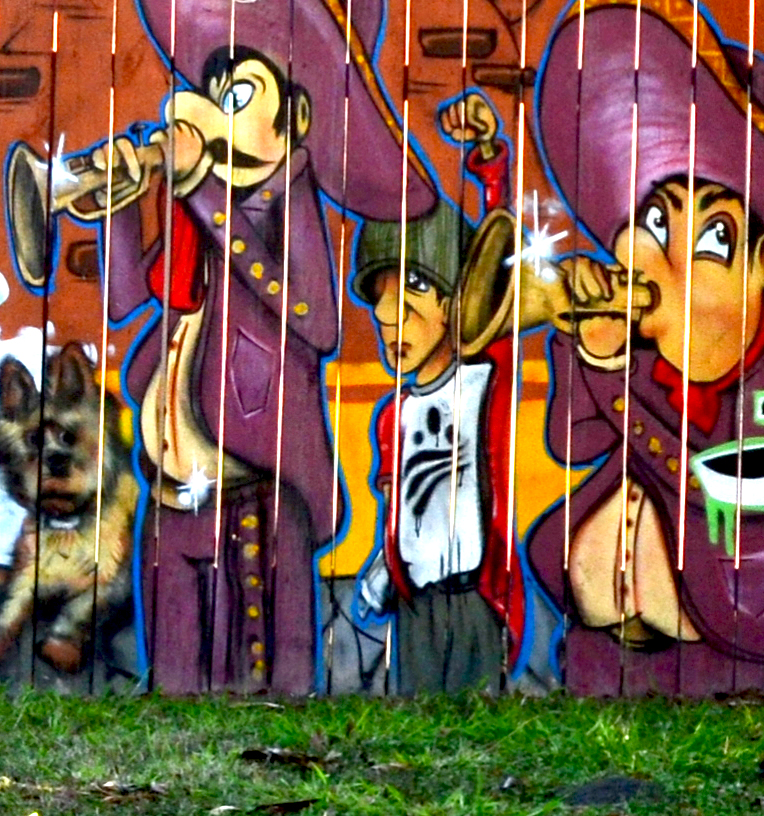
Figure 3. Mariachi’s are a big part of Mexican culture and are one of the biggest forms of entertainment. I chose this photo because highlighted many stereotypical references in appearances toward Mexican- Americans. It shows the traditional Mariachi outfits, depicts both of them as stocky and short, with darker toned skin, brown hair, big noses, and big eyes.

Figure 4. This is a photo of Davila Pharmacy, the oldest family owned and operated pharmacy in San Antonio. For over fifty years Davila has Served over 50,000 customers and has been a top 500 Hispanic owned companies in the nation since 1996. I chose to take this photo because it represents longevity and hard work ethic which I think is important to show that among the community.
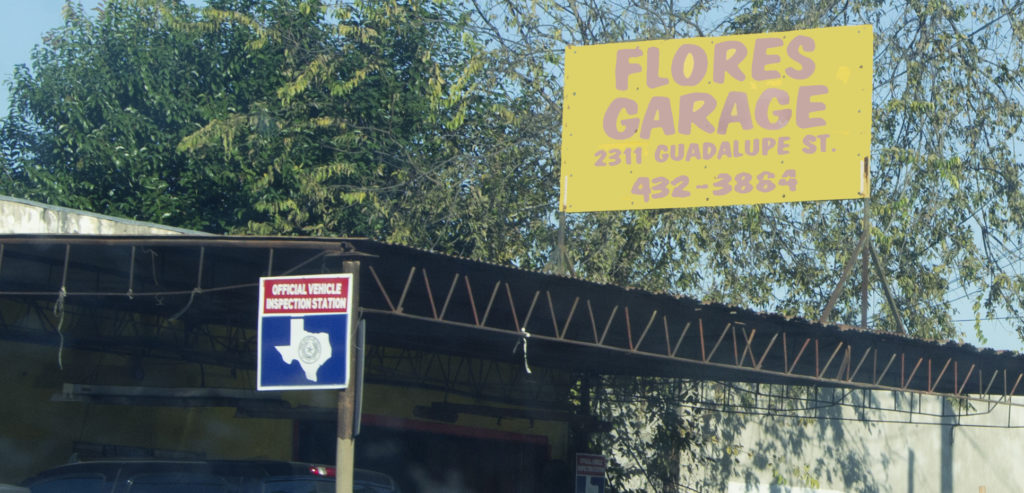
Figure 5. Flores Garage and Machine Shop is a small machine shop located on the west side of San Antonio. I chose this photo because it once again depicts the hard work ethic among Mexican-Americans, and proves that having a domestic job is nothing to be ashamed of. One is able to be a successful business owner with the hard work and opportunity, and being a mechanic is a skillful job.
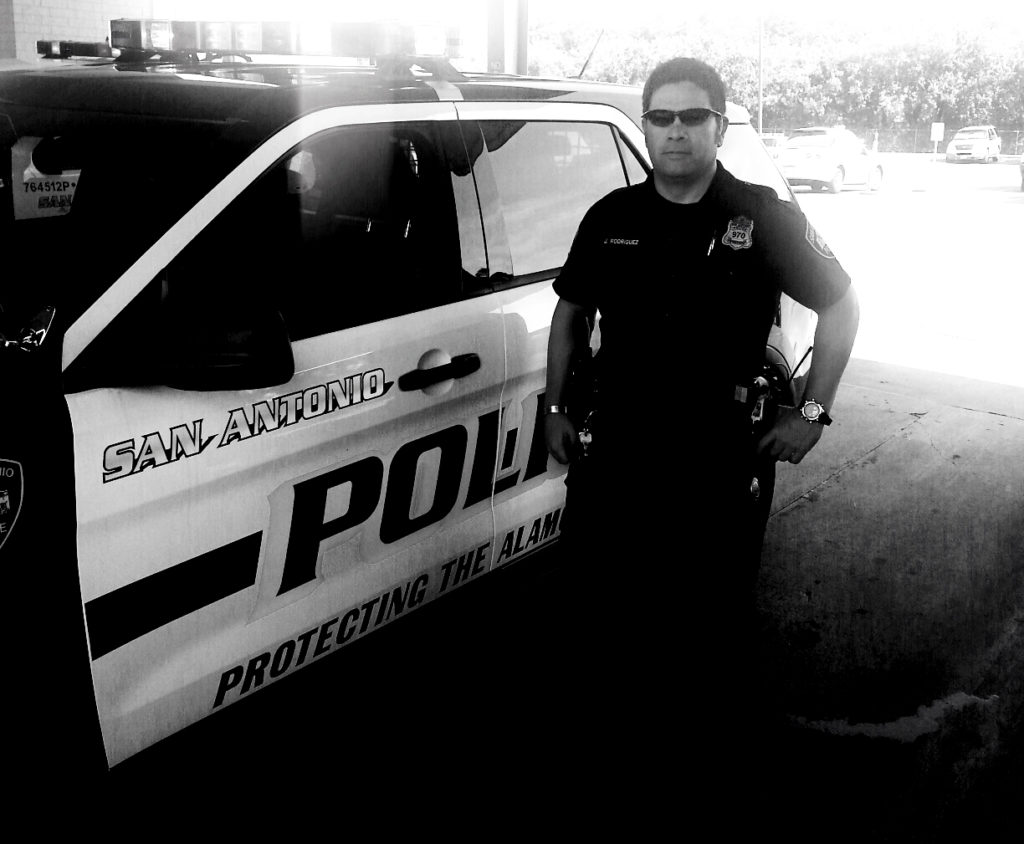
Figure 6. This is a photo of SAPD officer Jimmy Rodriguez. He is a veteran of 20 years and a true example of countering racial stigma. I chose this photo because he defied the odds. While speaking to him he told me that he wasn’t even supposed to graduate high school because he was trying to support his family. He is an inspiration because he proved that Mexican- Americans can be anything they want and now he is an outspoken member of the Hispanic Police Officers Union.
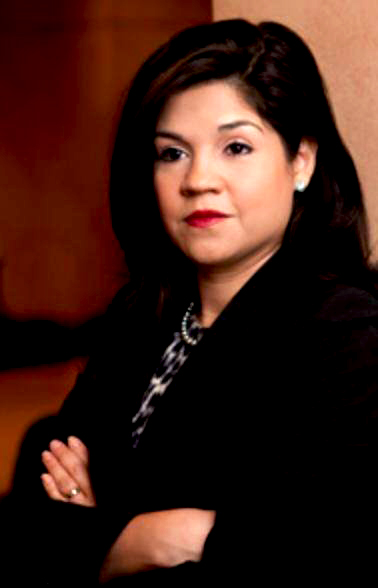
Figure 7. This is Mrs. Laura G. Tamez partner at the Herrera law firm. Growing up in Brownsville,Texas she defied the odds by being the first person in her family to graduate college and law school. I chose her because she is a prime example of achievement.
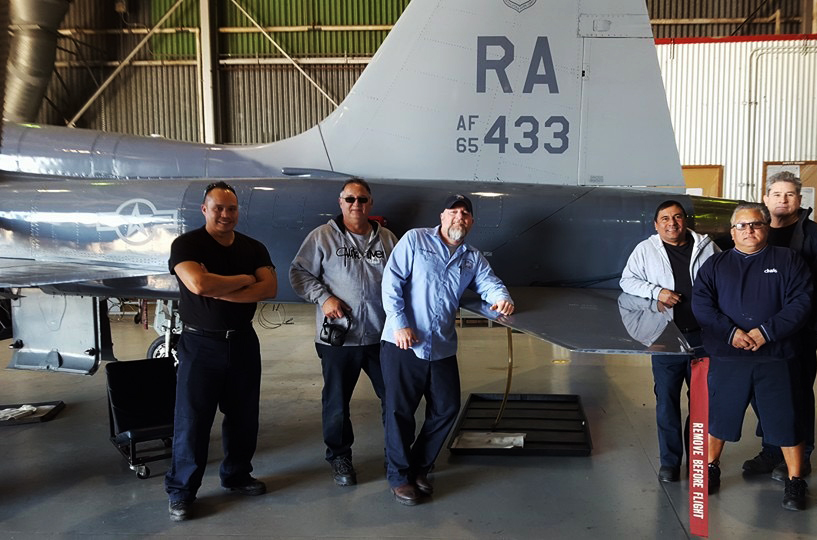
Figure 8. The furthest man on the right is MSgt. Jose Berlanga a twenty two year Air Force Veteran. This is a photo of him and his crew. After putting his time in the military, he became a civil servant aircraft mechanic. Growing up poor as one of six kids, college was not an option for him and he made the best career for himself that he could. I chose this photo because this is an example of successful contributing people in the workforce and serving in the military is such an honorable profession. Having a successful career does not mean making a million dollars, it means being a contributor to society and being the best at what you can be.
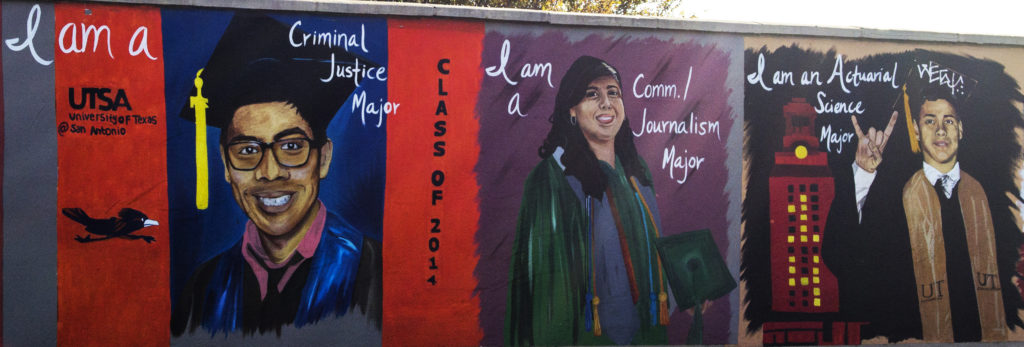
Figure 9. This photo is of a group of students graduating from college. A common stereotype about Mexican Americans is that they are uneducated and I chose this picture because it shows the exact opposite.This photo is inspiring because it allows a person to see it and know that they can go to college and become educated.
All of these people, places, and business are prime examples of what racial stigma is all about and how to counter it and essentially defy the odds. All of these people have a story and all share a common theme which is aspiration and achievement at whatever their path or profession is. These photos are inspiring to me because I believe it is important to recognize that there is still a problem happening, and by taking these photos, it gives an insight of how far the Mexican- American people have come and hopefully motivates them to keep moving forward.
All of these photos are taken and edited by me. Most of the photos are just edited to look vibrant and more colorful because a common theme in Mexican American culture is the use of color. I thought it was important to highlight that use of color with my photos. The black and white photos were used to enhance the quality of the pictures and make them more focused. The most difficult part of editing that I made was to try and balance out the shadows and exposure.